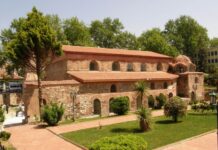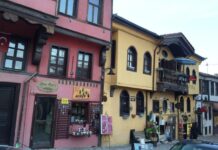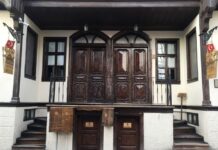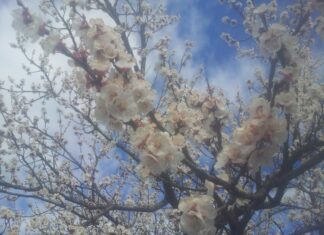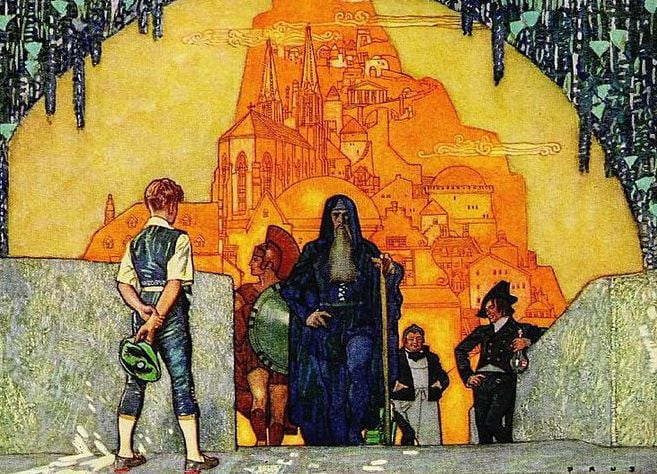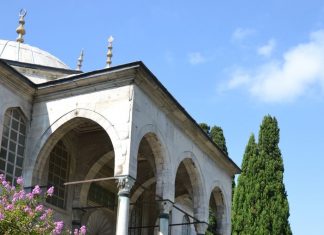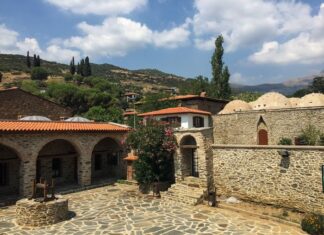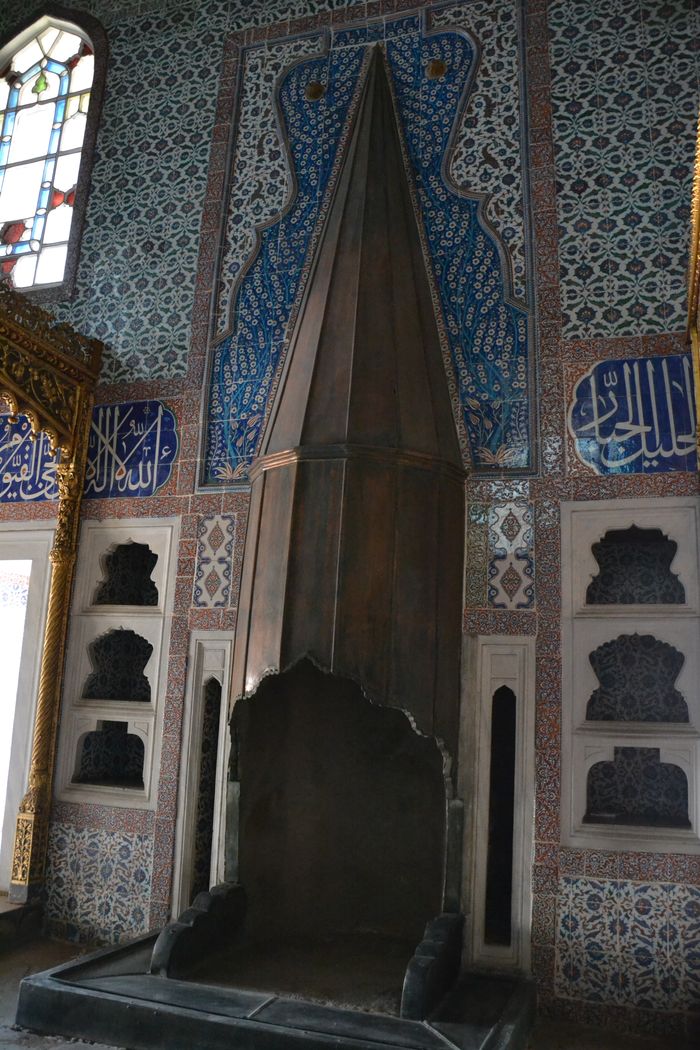Early Christian Influences
The early spread of Christianity in this region owes much to St. Paul. However, the 2nd century AD witnessed the emergence of two distinct sects: Montanism and Novationism. Montanism, rooted in the teachings of the local prophet Montanus, prophesied the imminent end of the world. Novationism, named after the Roman theologian Bishop Novatian, gave rise to the followers known as “the pure” or “katharoi” in Greek. This movement, later influencing the Cathar heresy of the Middle Ages, staunchly opposed the readmission of lapsed Christians into the Church Sardis.
Phrygians in Anatolia Builders and Rulers
The Phrygians, part of the “people of the Aegean Sea” migrating tribes, arrived in Anatolia around 1200 BC. Initially settling in Central Anatolia, they established their towns over the ruins of Hittite cities such as Hattusas, Alacahöyük, Pazarli, and Alisar. By the early 8th century BC, they designated Gordion as their capital.
King Midas and the Tumulus of Midas
King Midas, a renowned figure, ascended to the throne in 738 BC. While he successfully defended Phrygia’s frontiers, he couldn’t withstand the onslaught of the Cimmerians from the Caucasian region. Following his defeat in 695 BC, legend has it that King Midas took his own life by consuming bull’s blood. The Phrygians erected the monumental Tumulus of Midas in Gordion, standing 53 meters high and stretching 300 meters wide.
The Burial Chamber
The burial chamber within the tumulus, nearly square-shaped Customized Istanbul Tours, measures 6.20m by 5.15m. King Midas’ skeleton rested on a large bench, surrounded by benches laden with gifts for the afterlife. Examination of the skeleton unveiled that King Midas lived to around 60 years old, standing at 1.59m tall. The chamber held 166 bronze funeral gifts and 145 bronze fibula placed at the head of the deceased. Notably, the absence of gold artifacts indicates that the Phrygians did not customarily include gold in their funerary offerings.

